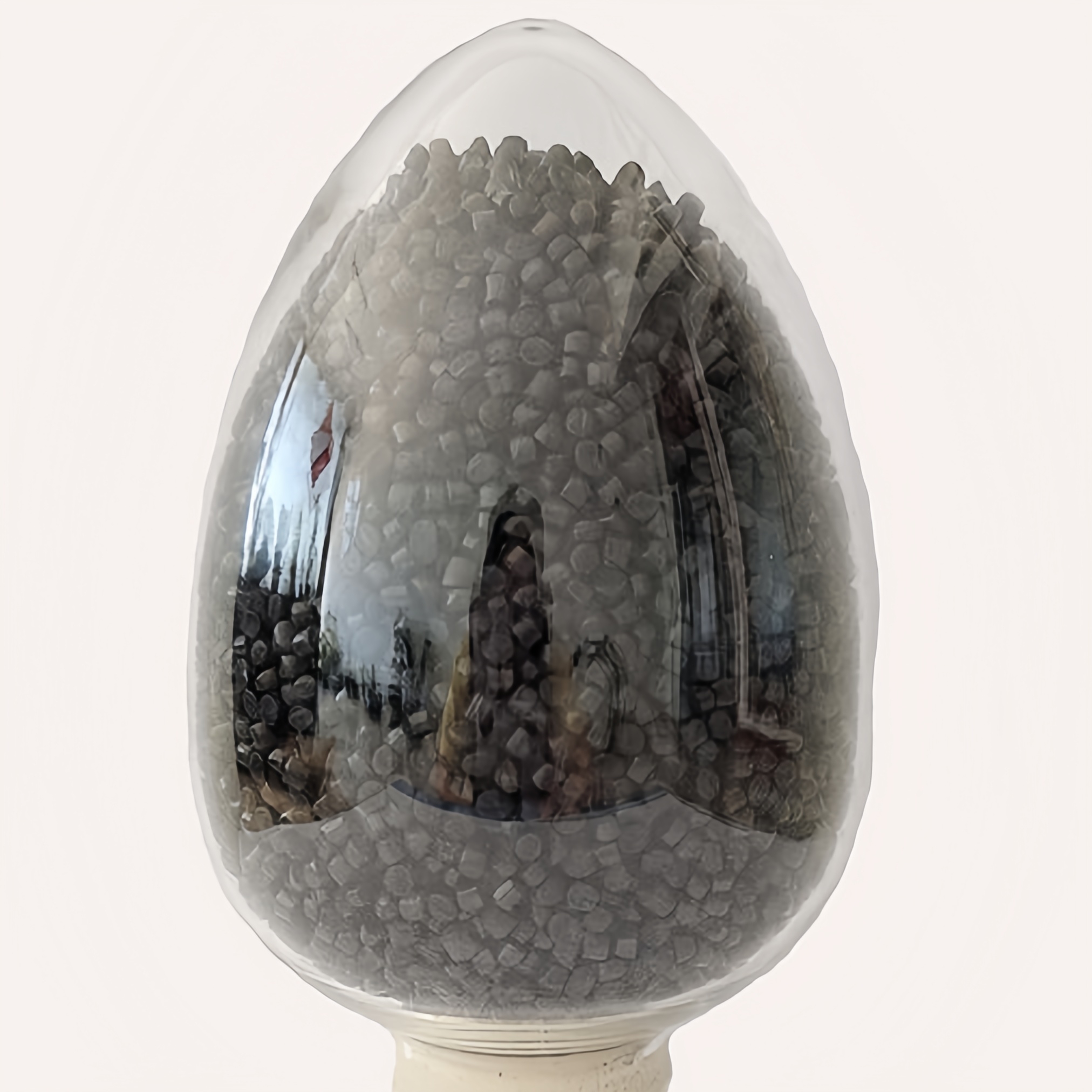Introducing Bonded and Non-Bonded Peroxide Crosslinking Semi-Conductive Shielding Material
![微信截图_20240410153028]()
In the realm of cable manufacturing, the choice between bonded and non-bonded peroxide crosslinking semi-conductive shielding material plays a pivotal role in determining the performance and versatility of electrical systems. These two variants offer distinct advantages and applications, catering to diverse needs in various industries.
Bonded Shielding Material:
Bonded shielding material epitomizes durability and resilience, as it forms an inseparable bond with the insulation or conductor layer of the cable during the crosslinking process. This robust connection enhances mechanical strength and provides reliable protection against external elements, making it ideal for rugged environments and long-term installations. Bonded shielding ensures stability and longevity, critical factors in applications where downtime is not an option.
Non-Bonded Shielding Material:
On the other hand, non-bonded shielding material offers unparalleled flexibility and adaptability, thanks to its independent application over the insulation or conductor layer. This design allows for easy removal or replacement of the shielding layer, facilitating modifications or repairs without disrupting the underlying components. Non-bonded shielding excels in applications requiring frequent adjustments or maintenance, providing agility and efficiency in cable management.
In essence, the choice between bonded and non-bonded peroxide crosslinking semi-conductive shielding material hinges on specific requirements and priorities within the electrical system. While bonded shielding ensures steadfast protection and longevity, non-bonded shielding offers versatility and ease of maintenance, empowering engineers to tailor solutions to the unique demands of each application.




































